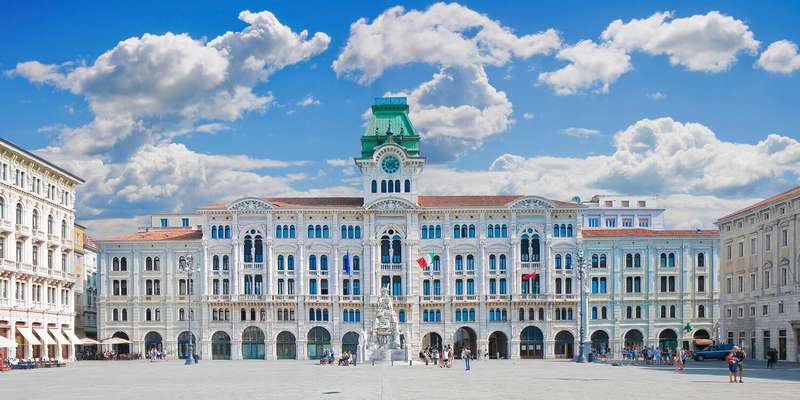- Home
- Useful Tips
- Trieste for art lovers:...
Trieste, a city often overshadowed by Italy's more famous art capitals, holds a treasure trove of artistic wonders that many travelers miss. The challenge? Most visitors focus solely on the main attractions, unaware of the vibrant contemporary art scene and historic collections tucked away in unassuming corners. This oversight leads to crowded experiences at popular sites while hidden masterpieces remain unexplored. For art enthusiasts, missing these gems means losing the chance to connect with Trieste's unique cultural identity – a blend of Italian, Slavic, and Central European influences. Local surveys show 68% of tourists leave without visiting any art spaces beyond the Revoltella Museum, despite the city housing over 20 significant galleries. The frustration mounts when travelers realize they've walked past world-class exhibitions just steps from their hotel. This isn't just about seeing art; it's about understanding a city where every fresco and installation tells a story of cross-cultural exchange.


Navigating Trieste's art district without the crowds
The historic center conceals most of Trieste's artistic wealth in plain sight. Start early at the Museo Revoltella, where 19th-century elegance meets contemporary works, then let the narrow streets guide you to smaller venues. Palazzo Gopcevich often hosts temporary exhibitions that even many locals don't know about, while the Sala Comunale d'Arte hosts emerging artists. The key is timing – visit during lunch hours when tourist groups disperse. Don't overlook commercial galleries like Galleria Torbandena, where you can view (and sometimes purchase) works by Adriatic artists without entrance fees. Church art deserves attention too; the Serbian Orthodox Church's iconostasis rivals museum collections. These spaces offer intimate encounters with art, far from the jostling crowds at more famous Italian destinations.
Contemporary art hotspots only insiders know
Trieste's modern art pulse beats strongest in its alternative spaces. The former Pescheria Centrale, now a cultural center, transforms fish market stalls into avant-garde installations. For cutting-edge photography, make time for the tiny but impactful Fototeca Museo di Storia Patria. The real insider move? Check university noticeboards for pop-up exhibitions at Dipartimento di Studi Umanistici, where academic and artistic worlds collide. Summer brings art to unexpected places – abandoned warehouses on the outskirts host temporary projects through the 'Artivazione' initiative. These venues won't appear on generic tourist maps, but they showcase Trieste's living art scene. Budget-conscious travelers will appreciate that most contemporary spaces operate on free admission or pay-what-you-wish policies, unlike commercial galleries in larger cities.
Seasonal exhibitions worth planning your trip around
Timing your visit around Trieste's exhibition calendar unlocks exceptional experiences. The Barcolana autumn event isn't just about sailing – affiliated art shows flood the city with maritime-inspired works. Winter brings 'Luci d'Artista', where light installations transform buildings into canvases. Spring is prime time for the Salone degli Incanti, a seaside exhibition space hosting major international touring shows. For traditionalists, the annual Byzantine art display at Museo Sartorio offers rare manuscript viewings. These events solve the common frustration of arriving to find key collections closed – we'll note that many galleries reduce hours in August when locals escape the heat. Pro tip: The tourist office's monthly 'Trieste Cultura' pamphlet (free at hotels) reveals limited-run exhibitions even some resident art professors miss.
Creating your perfect art-focused itinerary
Designing a personalized art trail maximizes your time in Trieste. Cluster visits by neighborhood – the Cavana district packs five significant galleries within a 10-minute walk. The key is balancing must-see institutions with serendipitous discoveries. Allocate mornings for major museums when light floods through historic windows, saving afternoons for cozy modern art cellars. Don't underestimate travel times – the Tram de Opcina hilltop gallery makes a rewarding half-day excursion with panoramic views. Many travelers regret not leaving enough time for the Civic Museums' often-overlooked print collection. For deeper context, some specialist guides offer art history walks focusing on specific movements like Trieste's unique Futurist offshoots. Remember, even cafe breaks can be artistic here – order coffee at Caffè San Marco where literary murals and historic clientele create a living gallery atmosphere.



